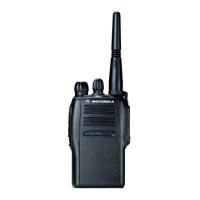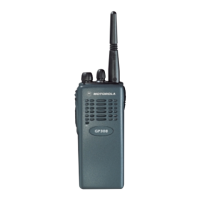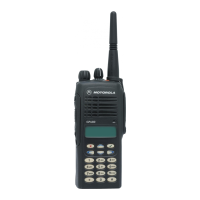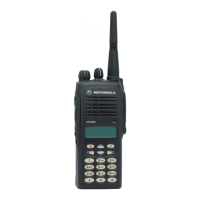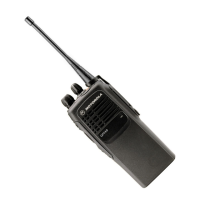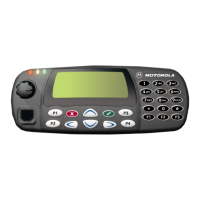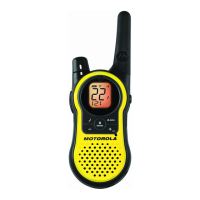i
SAFETY AND GENERAL INFORMATION
Information and Instructions on RF Energy Exposure and Product Safety
READ THIS IMPORTANT INFORMATION ON SAFE AND EFFICIENT OPERATION BEFORE
USING YOUR MOTOROLA HANDHELD PORTABLE TWO-WAY RADIO
The information provided in this document supersedes the general safety information contained in user guides
published prior to June 2001. For information regarding radio use in a hazardous atmosphere please refer to the
Factory Mutual (FM) Approval Product Listing Manual or Instruction Card, which is included with radio models
that offer this capability.
Compliance with RF Energy Exposure Standards
Your Motorola two-way radio is designed and tested to comply with a number of national and international
standards and guidelines (listed below) regarding human exposure to radio frequency electromagnetic energy.
This radio complies with the IEEE (FCC) and ICNIRP exposure limits for occupational/controlled RF exposure
environment at duty cycles of up to 50% talk-50% listen and should be used for occupational use only. In terms of
measuring RF energy for compliance with the FCC exposure guidelines, your radio radiates measurable RF
energy only while it is transmitting (during talking), not when it is receiving (listening) or in standby mode. Note
that the approved, supplied batteries for this radio are rated for a 5-5-90 duty cycle (5% talk - 5% listen - 90%
standby), even though this radio complies with the FCC occupational exposure limits at duty cycles of up to 50%
talk.
Your Motorola two-way radio complies with the following RF energy exposure standards and guidelines:
• United States Federal Communications Commission, Code of Federal Regulations; 47CFR part
2 sub-part J
• American National Standards Institute (ANSI) / Institute of Electrical and Electronic Engineers
(IEEE) C95. 1-1992
• Institute of Electrical and Electronic Engineers (IEEE) C95.1-1999 Edition
• International Commission on Non-Ionizing Radiation Protection (ICNIRP) 1998
• Ministry of Health (Canada) Safety Code 6. Limits of Human Exposure to Radio frequency Elec-
tromagnetic Fields in the Frequency Range from 3 kHz to 300 GHz, 1999
• Australian Communications Authority Radiocommunications (Electromagnetic Radiation -
Human Exposure) Standard 2001
• ANATEL, Brazil Regulatory Authority, Resolution 256 (April 11, 2001) “additional requirements
for SMR, cellular and PCS product certification.”
Operational Instructions and Training Guidelines
To ensure optimal performance and compliance with the occupational/controlled environment RF energy
exposure limits in the above standards and guidelines, users should transmit no more than 50% of the time and
always adhere to the following procedures:
Transmit and Receive
To transmit (talk), push the Push-To-Talk (PTT) button; to receive, release the PTT button.
Hand-held Radio Operation
Hold the radio in a vertical position with the microphone one to two
inches (2.5 to 5 cm) away from the lips.
Body-worn Operation
Always place the radio in a Motorola approved clip, holder, holster, case,
or body harness for this product. Use of non-Motorola-approved
accessories may exceed FCC RF exposure guidelines.
If you do not use a Motorola approved body-worn accessory and are not
using the radio in the intended use position in front of the face, then ensure the antenna and the radio are kept
2.5 cm (one inch) from the body when transmitting.
2.5to5.0cm
(1 to 2 in.)
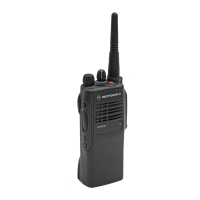
